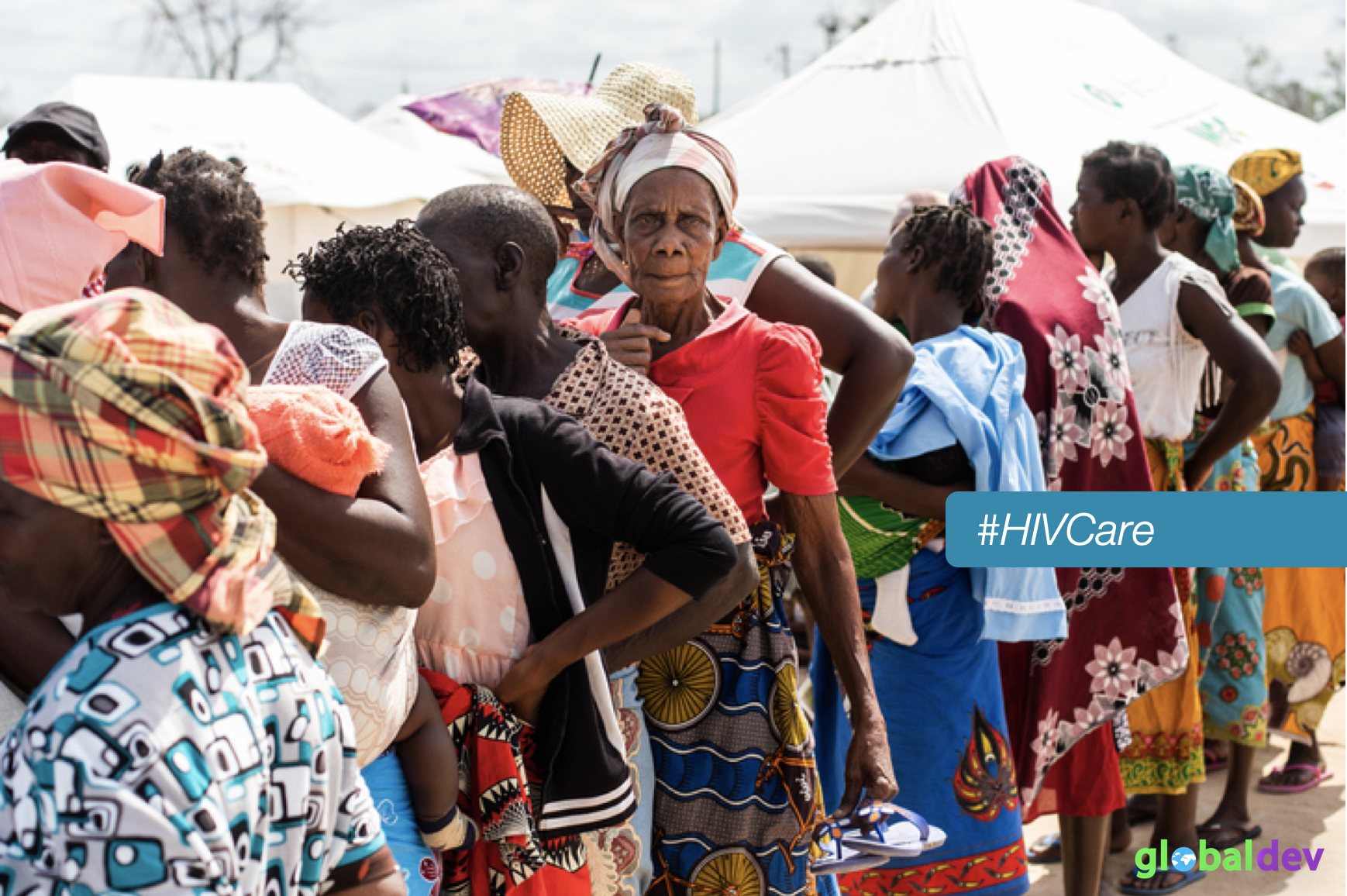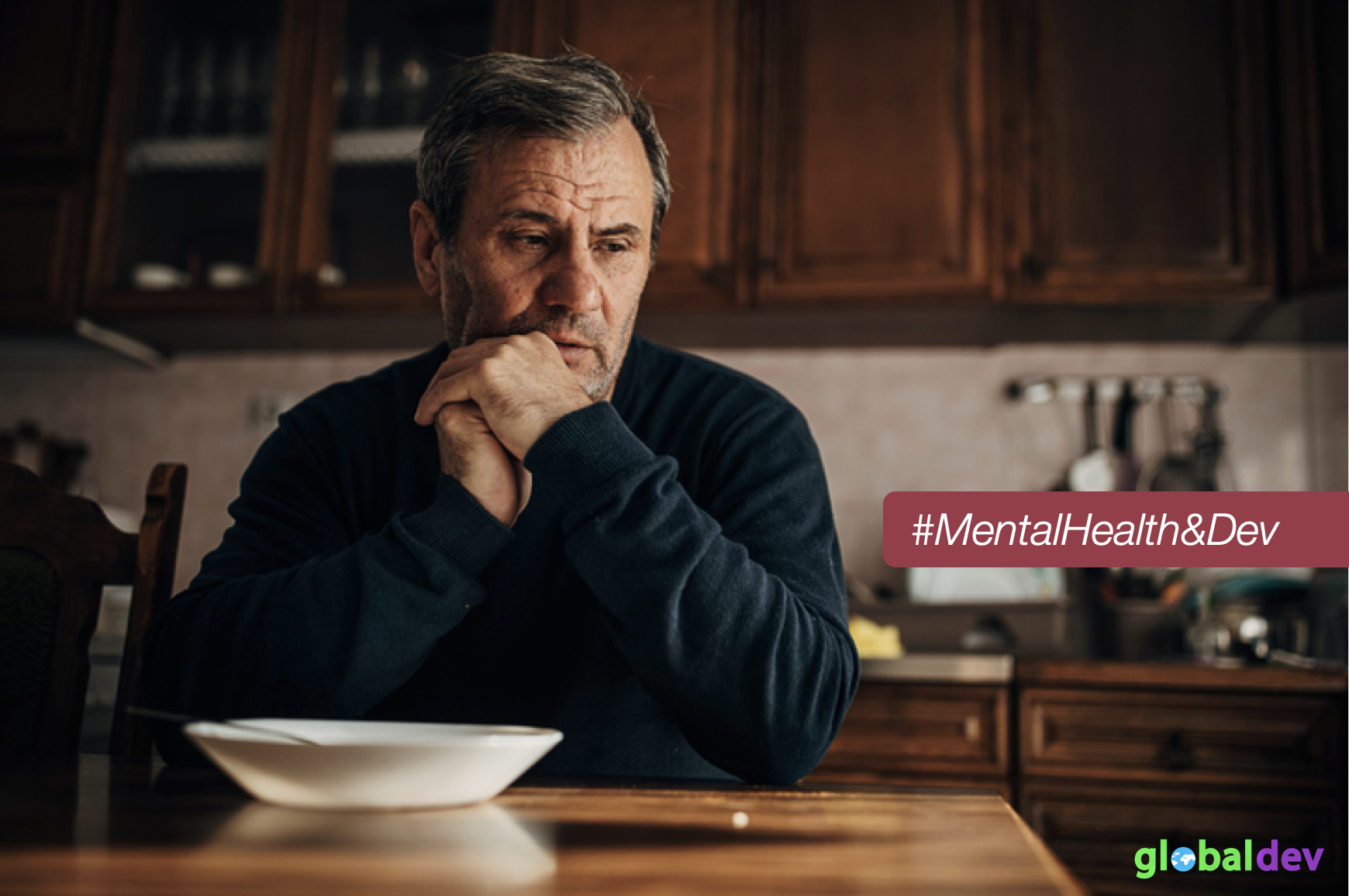Addressing the Covid-19 crisis with lockdowns and restricted mobility policies is effective for reducing the spread of the virus, but it might also have a direct negative impact on mental health, especially among vulnerable populations. This column summarizes findings from an investigation on the impact of strict and long-lasting lockdowns among older generations in Turkey. The study shows that in the short run, restricted mobility leads to a sizeable deterioration in mental health through social and physical isolation.
How do Covid-19 restrictions imposed by governments around the globe affect our mental health? Early indicators suggest that the mental health cost of Covid-19 will be severe, with one study putting a $1.6 billion price tag on the treatment of pandemic-related mental health disorders for a single year in the United States. Symptoms of depression and anxiety are on the rise, prompting unprecedented concern among the public health community.
Since the onset of the pandemic, there has been a rapidly growing body of research evidence that documents the negative relationship between Covid-19 and mental health around the world, especially in developed countries.
Yet identifying a causal link and quantifying the relationship between exposure to Covid-19, limited physical mobility, social isolation, and mental health are challenging. Worsened mental health might be both the cause and consequence of social and physical isolation. The observed correlation does not imply a causal relationship because confounding factors such as earlier life events, childhood circumstances, and ability might influence exposure to Covid-19, social and physical isolation, and mental health outcomes.
To circumvent this problem of empirical evaluation and to assess the mental health toll of the pandemic, researchers have been creative. For example, one study draws on surveys conducted before and after US state-wide lockdowns to show that the mental health of individuals living in states with strict stay-at-home orders deteriorated more than those living in states without such tough restrictions. Two other studies document increased indicators of mental distress in Europe and the United States by using Google trends data and comparing pre- and post-lockdown search intensities related to pre-defined wellbeing terms such as ‘loneliness’ and ‘suicide’.
Our study uses a unique setting to overcome some of the empirical challenges in measuring the impact of mobility restrictions on mental health. We use a long-lasting curfew that is binding only for people aged 65 and older in Turkey as a natural policy experiment to mimic a ‘randomized controlled trial’, a widely used research tool for assessing cause and effect.
Turkey’s stay-at-home orders, imposed on the senior population and strictly enforced by the government, started in late March 2020 and lasted until mid-June 2020, making them one of the longest confinement policies to reduce Covid-19 mortality.
As we show in the study, individuals who are around the cut-off age of 65 at which the curfew becomes binding have no systematic differences in key characteristics and are thus comparable. We then conducted a phone survey, targeting the specific age group of 59–70-year-old adults to compare those who were just below the cut-off age and thus not affected by the stay-at-home orders subjected to those just above 65 who were affected.
Panel A in Figure 1 shows that the curfew reduced the number of days that individuals had gone outside per week by around one day, corresponding to an approximate decline pf 43% relative to the control group. Similarly, it increased the probability of never leaving home by 24–30 percentage points, corresponding to a 150% increase relative to the control group.
Using a 20-item ‘self reporting questionnaire’ (SRQ-20) developed by the World Health Organization, we find that the curfew-induced reduction in mobility had a sizable positive impact on the probability of experiencing mental distress. Panel B of Figure 1 shows that we observe these effects both for somatic indicators, which capture physical symptoms of anxiety and depression, as well as non-somatic indicators representing more subjective assessments of anxiety and depression.
Finally, we examine potential channels through which a reduction in mobility leads to increases in mental distress. Our findings show that social and physical isolation plays a particularly important role in explaining the results. Mobility restrictions induced a substantial reduction in social interaction with friends and family, and a similarly large decrease in physical activity. At the same time, we find no evidence of a significant change in labor market outcomes or measures of intra-household conflict.
As policy-makers continue to weigh policy options in response to the pandemic, it is imperative to understand the potential costs of stay-at-home orders targeting certain sub-populations. This is particularly important for age-specific restrictions since many studies using a ‘susceptible-infectious-recovered’ (SIR) framework argue that it is possible to achieve better social outcomes through targeted policies that apply more aggressive lockdowns to individuals above the age of 65.
But since such policy responses increase the risk of a mental health crisis by placing already susceptible populations at higher risk of depression and suicide, these consequences would call for additional policy interventions to mitigate such adverse effects. These policy measures may include setting up mental health call centers, improving access to ‘telehealth’ services, and establishing on-the-ground local support services for at-risk populations.

Figure 1








